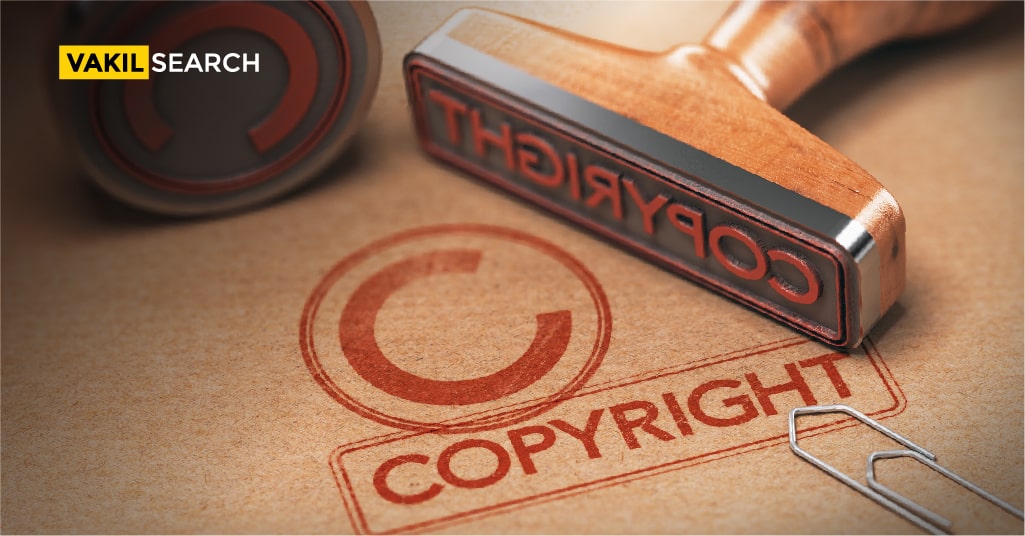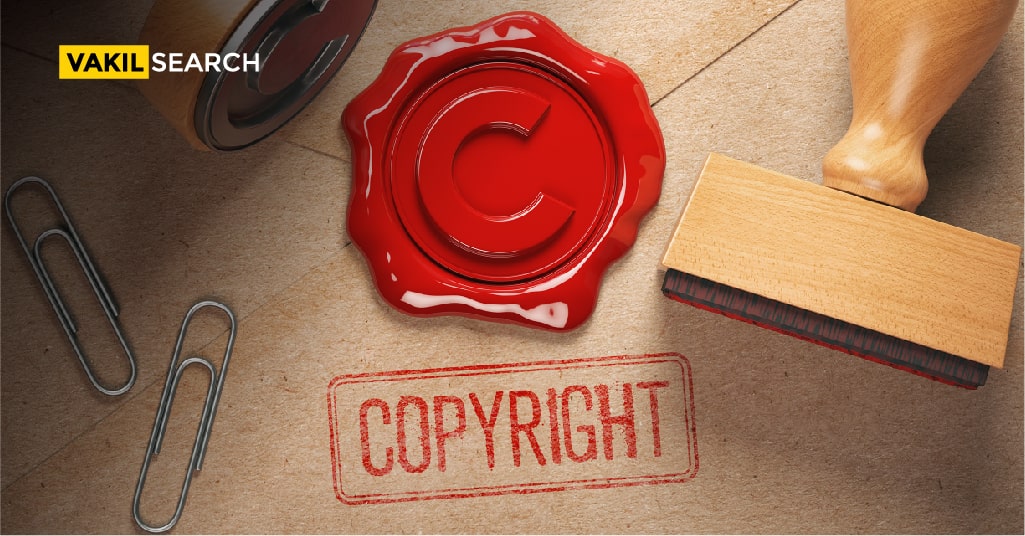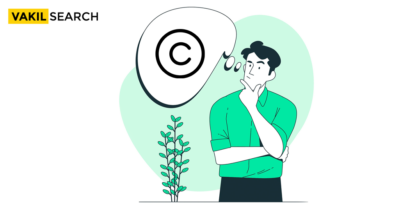In this blog, we navigate the intricate world of copyrights, shedding light on their role as economic rights. By diving deep into aspects like reproduction, performance, public transmission, presentation, lending, and distribution rights, we provide a comprehensive understanding of copyright law and its implications for creators and users.
Introduction
In the digital age, where creativity and content are at the heart of the information economy, understanding intellectual property rights, and specifically, copyrights, is more crucial than ever. Many of us are creators in our own right, crafting written articles, developing software, making music, or producing other forms of art. The rights that protect our creations, and how they affect the economics of creativity, are defined by copyright law.
Copyrights As An Economic Right
Copyright law offers a legal framework that governs the use of creative works, providing creators with control over their original works of authorship. By conferring these rights to creators, copyright law serves as a mechanism to stimulate creativity and innovation.
As an economic right, copyrights provide the creator with exclusive control over their work, allowing them to benefit financially from their creativity. This exclusivity means that the creator has the discretion to license, sell, or commercially exploit their work in ways that best meet their financial goals and aspirations. This can include selling copies, broadcasting or streaming their work, or receiving payment in exchange for a license to reproduce the work.
Right to Reproduction
The right to reproduction is one of the cornerstones of copyright law. It grants creators the exclusive right to reproduce their work in any form. This right is broad and applies to various forms of reproduction, from printing a book to making a movie based on a script, to replicating digital content.
This right also includes the right to produce derivative works. This means that only the copyright holder can authorise adaptations, translations, or other alterations of the original work. For instance, if you’ve written a novel, only you (or someone with your express permission) can translate that novel into another language or adapt it into a film.
Right to Performance
The right to performance, often applicable to works like plays, films, and music, grants the copyright holder the exclusive right to perform the work publicly. For instance, only the copyright holder of a song has the authority to play that song at a concert or other public venue.
This right also extends to broadcasting performances over radio, television, or the internet. It’s the reason why broadcasters pay licensing fees to music rights organisations to play songs on the air.
Right to Public Transmission
The right to public transmission, often referred to as the right to communicate the work to the public, covers the broadcasting or streaming of a work, whether it’s a song, a film, a broadcast, or an online video.
In the digital age, this right is particularly relevant, as it grants copyright holders control over the distribution of their work over digital platforms, be it Spotify, Netflix, or YouTube. The right to public transmission ensures that creators can control, and receive remuneration for, the online distribution and streaming of their work.
Right to Presentation
The right to presentation is the exclusive right of the copyright owner to display their work publicly. This right is often associated with visual works, such as paintings, sculptures, and photographs, but can also apply to the display of written works.
For example, if you take a photograph, copyright law gives you the exclusive right to display that photograph in a gallery or other public venue. Similarly, if you write a poem, you have the exclusive right to display that poem in a public setting.
Right of Lending
The right of lending gives the copyright owner the exclusive right to authorise the lending of originals or copies of their work to the public. This right is particularly relevant for libraries or other institutions that lend books, CDs, DVDs, and other copyrighted materials.
It’s worth noting that many countries have exceptions to the right of lending for non-profit educational institutions like libraries. However, even in these cases, the lending institution often pays a fee, known as a lending right payment, to the copyright holder.
Right of Distribution
The right of distribution is another cornerstone of copyright law. This right gives the copyright holder the exclusive authority to distribute their work, whether by sale, rental, lease, or lending.
This distribution right is what allows authors to sell their books, musicians to sell their music, and filmmakers to sell their films. It also empowers creators to control the terms under which their work is distributed, including the price and the marketplaces where it is available.
Copyright is a logical topic for economics law study, and copyrights are one of the most effective forms of intellectual property. However, while there are some outstanding articles on the economy of copying (as opposed to copyright), no article covers the field of copyrights as a whole, covering the evolution and fundamental concepts in the law from an approach to economics. So what exactly is the effect of Copyright of songs in India on the economy?
In the vein of our prior works on model law economics, this paper aims to fill that void—through the field is so broad that our assessment cannot be thorough. We are especially interested in desired characteristics, as we are in almost all of our research, specifically in the topic of whether copyright legislation can be interpreted as a way of promoting efficient management of resources. In this blog we’ll learn about impact of copyright of songs on economy.
The Impact of Copyright of Songs on Economy
The “social benefit” aspect of copyright registration is one of its distinctive features. While the cost of developing a copyrighted work—such as a book, film, music, dance, lithography, map, trade book, or computers system software typically considerable, the price of duplicating the piece, whether by the author or by those whom he has made it public, is frequently modest.
Furthermore, once files have been made available to others, making new copies is frequently cheap for these consumers. Others are deterred from producing copies if the author’s reproductions are priced at or near variable costs. Yet, the creator’s overall profits will not be enough to pay for the cost of generating the work.
Intellectual property, or the landlord’s right to prohibit everyone else from making a copy of a product, weighs the costs of restricting access to a task against the importance of providing incentives to make it in the first instance. The primary difficulty in copyright is finding the balance between accessibility and incentive. To be economically efficient, copyright law’s main legal concepts must, at least roughly, maximize the advantages of creating new works less both the loss from restricting access and the expenses of managing intellectual property protection.
The problem of “non-excludability” in artistic content is widely recognized. Books, music, tv programs, and pictures are inexpensive to copy and distribute once they are released, limiting the rightsholder’s capacity to take the worth of her creation in many circumstances. According to economics, this will reduce the opportunity to create, perform, and make movies. As a result, many types of artistic activity are granted limited ownership performing rights under the law.
How Does it work?
Copyright grants the holder of the property a short and for a moment of legal exclusivity during which she can restrict others from reproducing, performing, exhibiting, or creating derivatives of her works and thus demand above-marginal-cost profits in the market. This regulatory mechanism begs the topic of canonical legislative design: How long must a patent be valid? The term protection has long been a contentious issue in public policy. Although the problem has received considerable scholarly attention in both the economic and legal works of literature, much of the discussion has taken place in the political realm.
Notwithstanding this lengthy argument, little information about the financial aspects of commercial copyright objection material has been presented. However, from a theoretical viewpoint, this is a critical threshold issue. Copyright, like other copyright law (IP) protections, is theoretically intended to incentivize the creation of artistic content. Individual creators or potential copyright owners, on the other hand, are only eligible for the reward for the time during which they expect their work to be marketable. This comprehensive data raises several practical problems with surprisingly little complex information.
How often does the economic viability of a specific protected content last? What is the expected return period for a creative, artist, or intermediate on whatever?
We employ a novel database from the corporate music business to track purchases and streamed rates over time to offer new light on these problems. Music is a critical test case of the link between intellectual issues and equal viability because it is a highly IP-intensive business. Several among us explore the theological implications of the findings in a companion paper (Garca & McCrary 2019). That study focused on the normative consequences of an economic viability term considerably shorter than the current copyleft license in the United States. In this post, we delve deeper into theory and research. We also discuss numerous extensions, including the role of “best-selling” records and the continuous way.
The main argument is that copyright and “anti-piracy” in music aren’t about incentivizing musicians to create great music. But, as shown, these incentives are ample and more than adequate to meet the constitutional obligation of fostering growth.
Ownership and “anti-piracy” are about wealthy people and organizations profiting at the cost of the general public. Being greedy isn’t always a good thing. In the current dispute over the Apple iPod, we witness greed—the propensity to do immense harm for a slight private advantage and a certain degree of foolishness. The evidence of the professionals who built the device, rather than the evidence of Steven Jobs outside the grave.
Click here to know about Copyright Registration in India
Conclusion
Copyrights serve as a crucial tool for creators to protect and monetize their original works of authorship. By granting a bundle of exclusive rights, including the rights to reproduction, performance, public transmission, presentation, lending, and distribution, copyright law incentivizes creativity and fuels the creative economy.
It’s important to remember that while copyright law offers powerful protections, it also carries responsibilities. Unauthorized use of copyrighted works can lead to legal disputes and penalties. Therefore, understanding the nuances of copyrights is crucial, not just for creators but also for users of creative works.
FAQs on Copyrights
Does copyright include economic rights?
Yes, copyright includes economic rights. These rights allow the copyright holder to derive financial reward from the use of their works by others. The economic rights typically include the right to reproduce the work, to perform or broadcast the work, to adapt the work, and to distribute the work to the public by sale, rental, or other forms of transfer.
How do I know if a song is copyrighted?
As a general rule, any song or musical work that is original and fixed in a tangible medium (like a recording or sheet music) is protected by copyright. This protection typically lasts for the life of the creator plus 70 years. You can assume that any song you hear on the radio or any popular streaming platform is likely copyrighted. If you're unsure, you can check databases maintained by music rights organisations or the U.S. Copyright Office. As for the verification of copyright status, India doesn't have a centralised copyright registration database similar to the U.S. Copyright Office.
What songs are copyright free?
Songs that are copyright-free are often referred to as being in the public domain. This includes songs where the copyright has expired, songs that were created before copyright law existed, or songs that have been explicitly donated to the public domain by the copyright holder. A notable example is classical music composed by artists like Beethoven or Mozart; these works are in the public domain and can be freely used. However, be careful: while the compositions themselves are in the public domain, specific recordings of those compositions might still be protected by copyright.
Read More,










